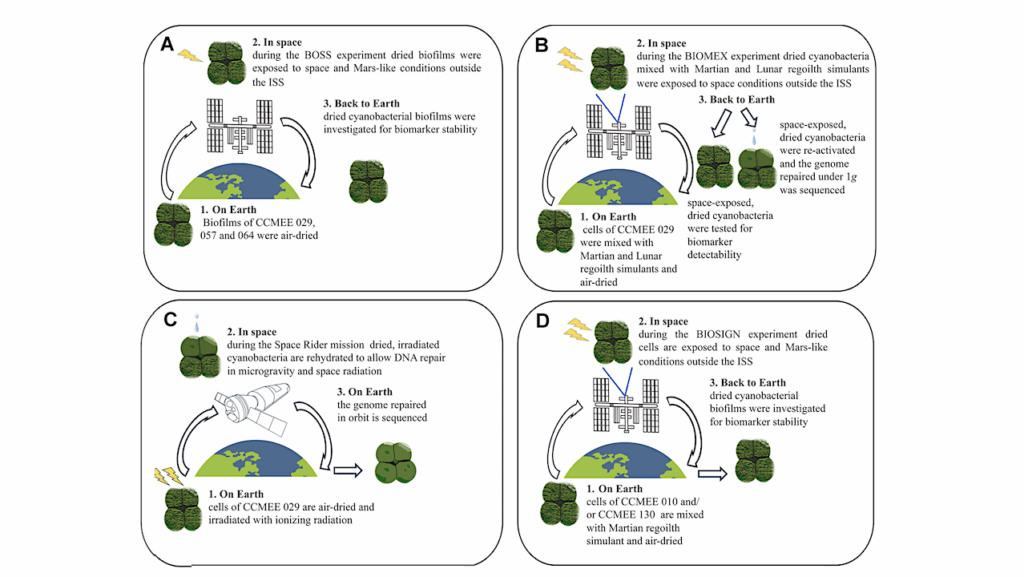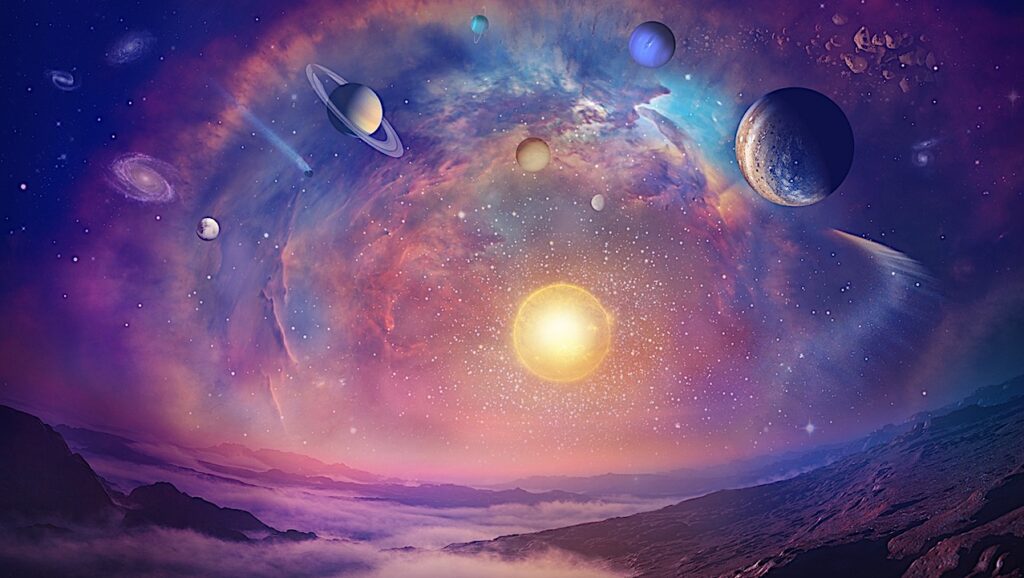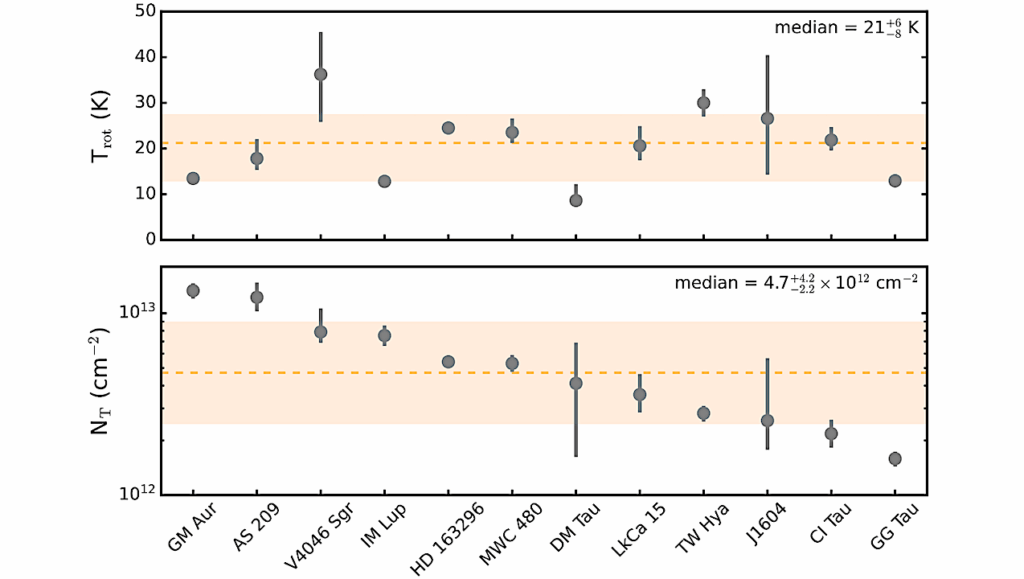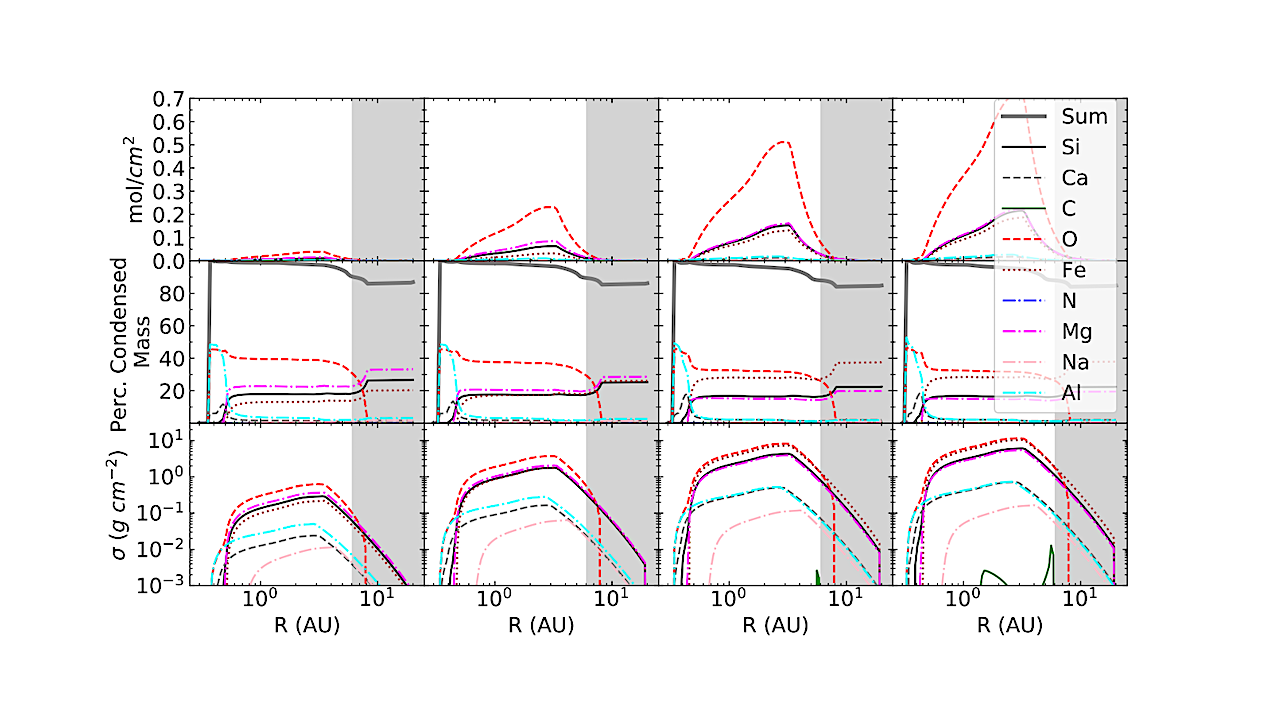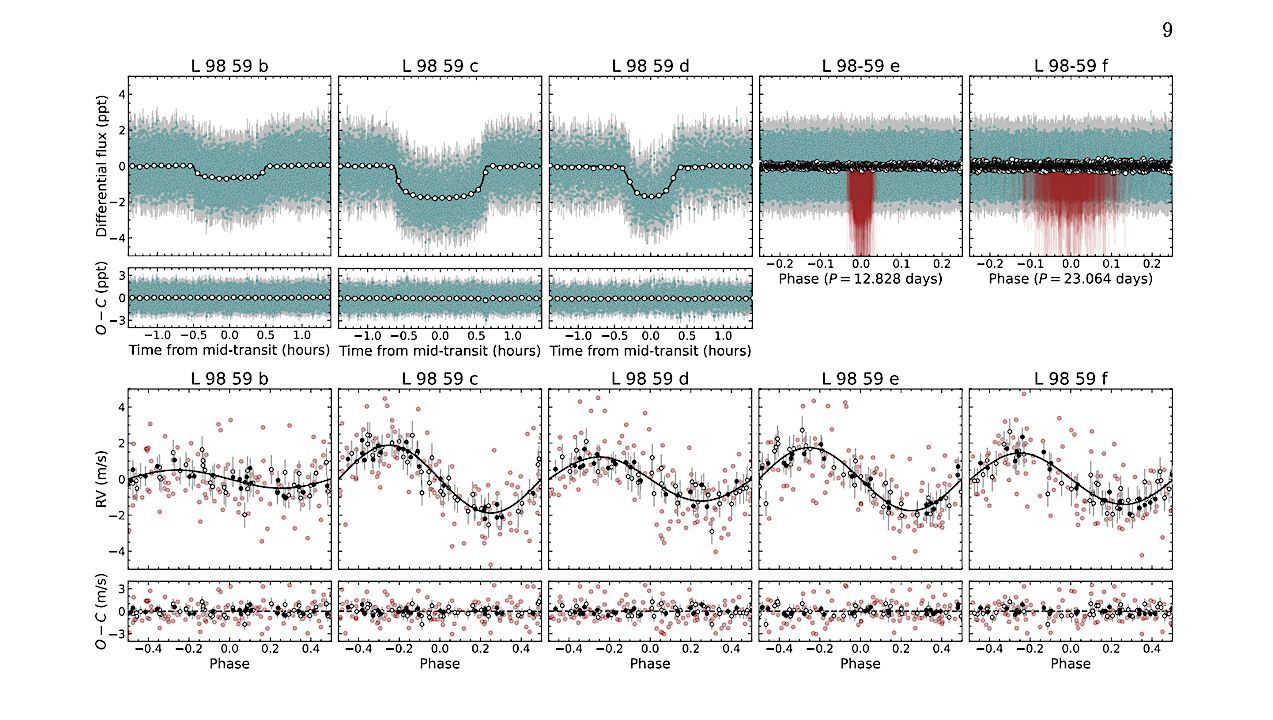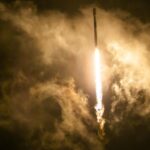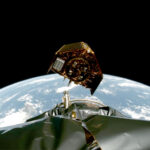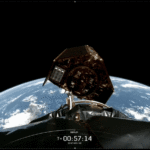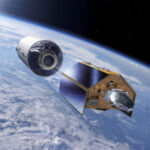Now Reading: Space-filling Efficiency And Optical Properties Of Hemoglycin
-
01
Space-filling Efficiency And Optical Properties Of Hemoglycin
Space-filling Efficiency And Optical Properties Of Hemoglycin
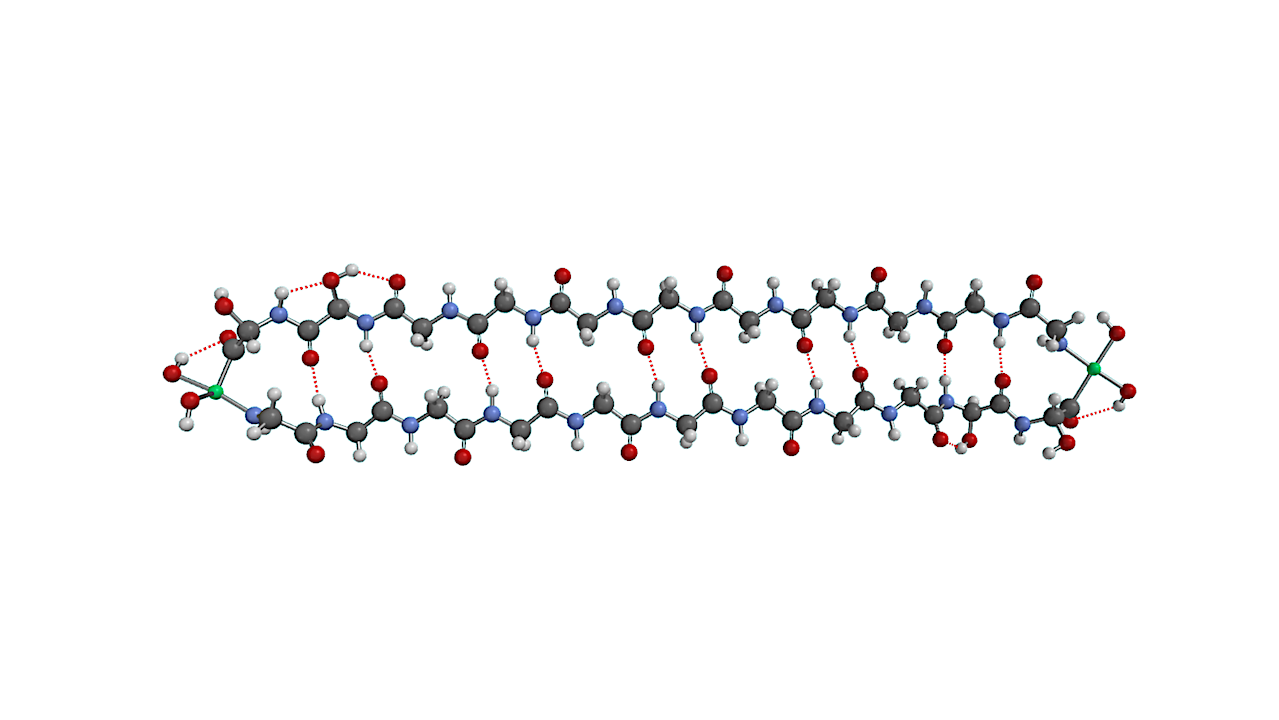
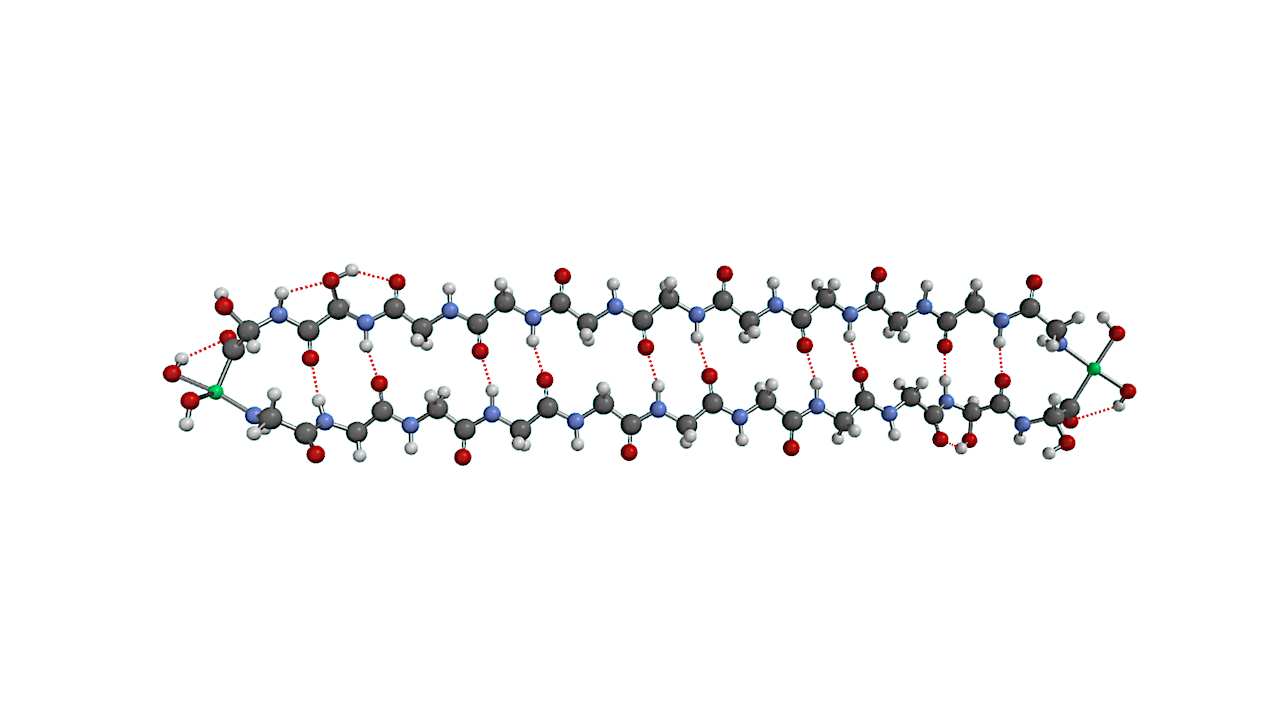
Core 1494Da Hemoglycin, ball and stick model. Atom labels: Hydrogen white, Carbon black, Nitrogen blue, Oxygen red, Iron green. — physics.chem-ph
The empty, extensive low-density lattice topology of hemoglycin is examined to understand how in space, and possibly as early as 800M years into cosmic time a rod-like polymer of glycine and iron came into dominance.
A central question to be answered is whether the hemoglycin rod lattice with diamond 2H symmetry represents the most efficient covering of space by a regular arrangement of identical rods.
Starting from the tetrahedral symmetry of every hemoglycin lattice vertex we find that the regular truncated tetrahedron of Archimedes may be expanded until neighboring hexagon faces are coincident, at which point space filling is 23/24 or 95.8333% complete. We describe the unit cells of the diamond 2H rod lattice and its conforming near-complete space-filling structure, which has identical symmetry.
Maximum space filling via a minimum of molecular material can allow hemoglycin to drive accretion in molecular clouds, contributing to the composition of dust, and providing a background for its widespread presence in meteoritic samples and in cometary material that falls to Earth. The optical properties of hemoglycin lattice entities are derived from quantum calculations of ultraviolet and visible transition energies and strengths.
The hemoglycin extinction curve duplicates the nominal 218nm ultraviolet absorption feature known as the UV bump, together with two visible absorption features present in a generic compilation of astronomical extinction data.
Julie E M McGeoch, Malcolm W McGeoch
Comments: 26 pages, main 10figs, supplementary 1fig,
Subjects: Chemical Physics (physics.chem-ph); Earth and Planetary Astrophysics (astro-ph.EP)
Cite as: arXiv:2507.10612 [physics.chem-ph] (or arXiv:2507.10612v1 [physics.chem-ph] for this version)
https://doi.org/10.48550/arXiv.2507.10612
Focus to learn more
Submission history
From: Julie McGeoch
[v1] Sun, 13 Jul 2025 09:28:01 UTC (5,658 KB)
https://arxiv.org/abs/2507.10612
Astrobiology, Astrochemistry,
Stay Informed With the Latest & Most Important News
Previous Post
Next Post
-
 012024 in Review: Highlights from NASA in Silicon Valley
012024 in Review: Highlights from NASA in Silicon Valley -
 02Panasonic Leica Summilux DG 15mm f/1.7 ASPH review
02Panasonic Leica Summilux DG 15mm f/1.7 ASPH review -
 03How New NASA, India Earth Satellite NISAR Will See Earth
03How New NASA, India Earth Satellite NISAR Will See Earth -
 04And Thus Begins A New Year For Life On Earth
04And Thus Begins A New Year For Life On Earth -
 05Astronomy Activation Ambassadors: A New Era
05Astronomy Activation Ambassadors: A New Era -
06SpaceX launch surge helps set new global launch record in 2024
-
 07Space Force plans new ‘Futures Command’ amid pressure to speed up modernization
07Space Force plans new ‘Futures Command’ amid pressure to speed up modernization













